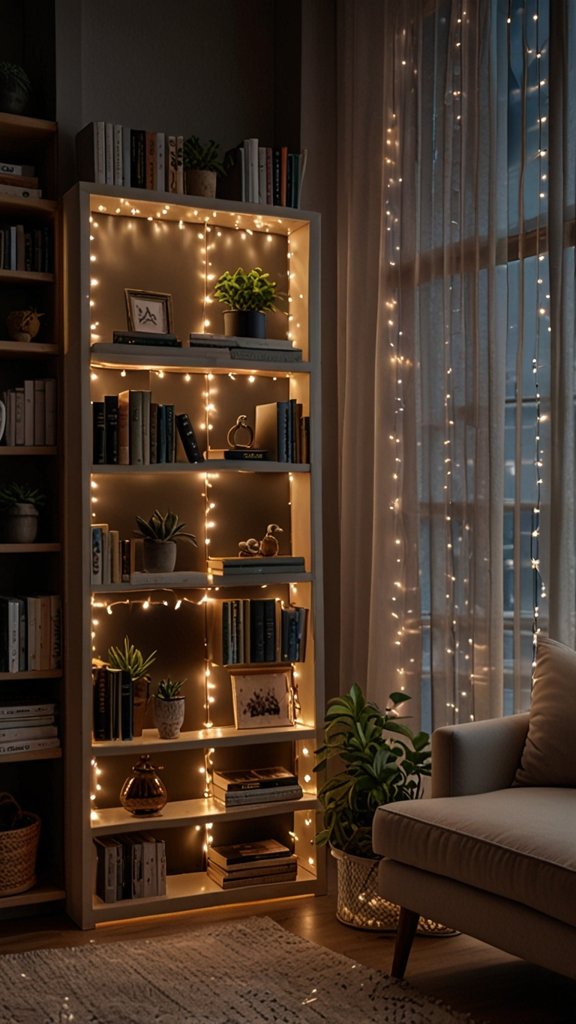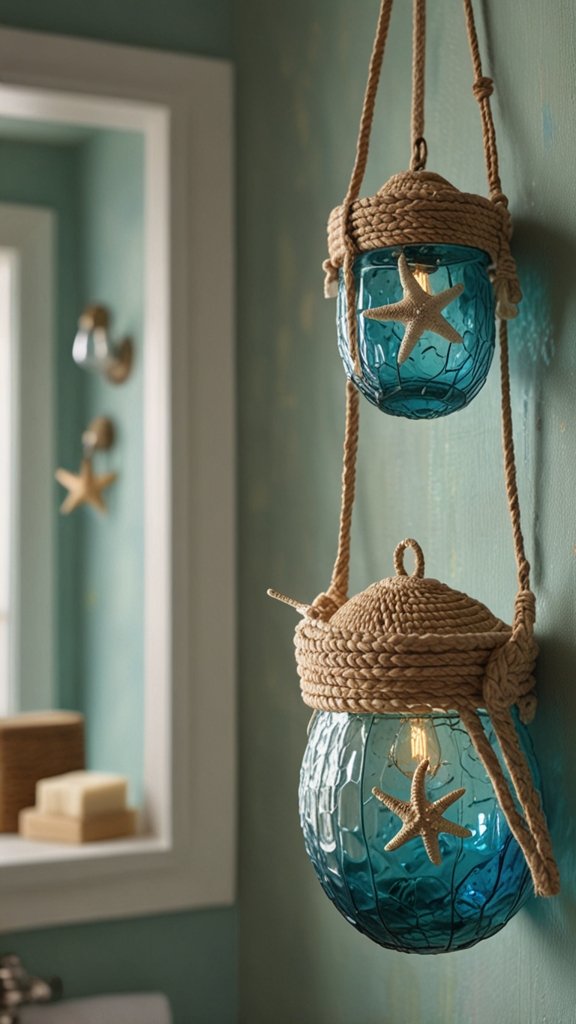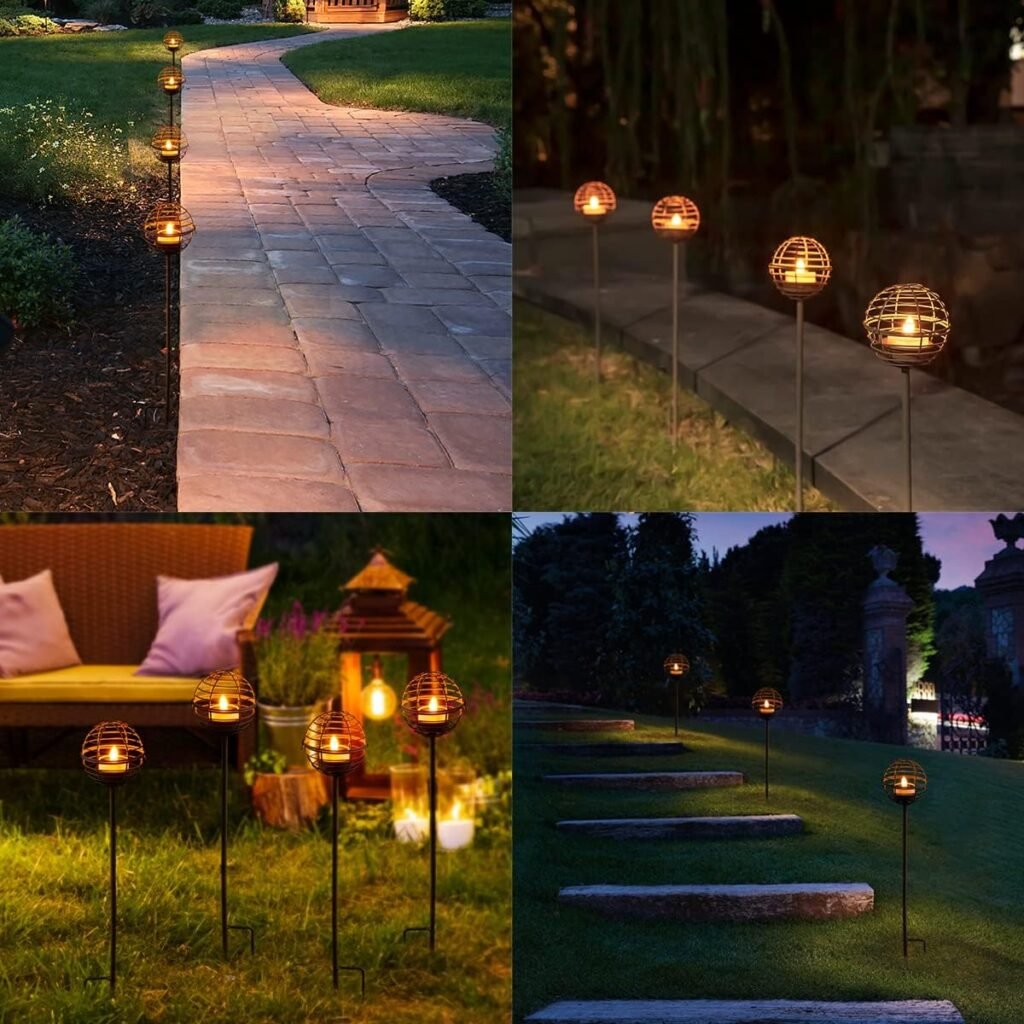
Decorative solar lights have become popular for homeowners looking to beautify their outdoor spaces while reducing their bills.
But have you ever wondered how decorative solar lights work with Solar Panels?
It is a renewable energy that helps illuminate gardens, patios, and pathways.
This article will explain how decorative solar lights work, how solar panels play a key role, and why they are such an eco-friendly lighting solution.
How Do Decorative Solar Lights Work?
Decorative solar lights work by converting sunlight into energy during the day and using that energy to power LED lights at night.
Here is my step-by-step breakdown of the process:
- Solar Panels Collect Sunlight: The solar panels on the decorative lights absorb sunlight and convert it into direct current (DC) electricity.
- Batteries Store Energy: The generated electricity is stored in rechargeable batteries, usually lithium-ion or nickel-metal hydride (NiMH).
- Light Sensor Activates the LED: When it gets dark, a built-in light sensor detects the low light levels and automatically turns on the LED lights.
- LED Lights Illuminate: The energy stored in the battery powers the LED bulbs, which emit a soft, decorative glow throughout the night.
Solar panels serve as the engine, capturing energy and enabling decorative solar lights to function efficiently and sustainably.
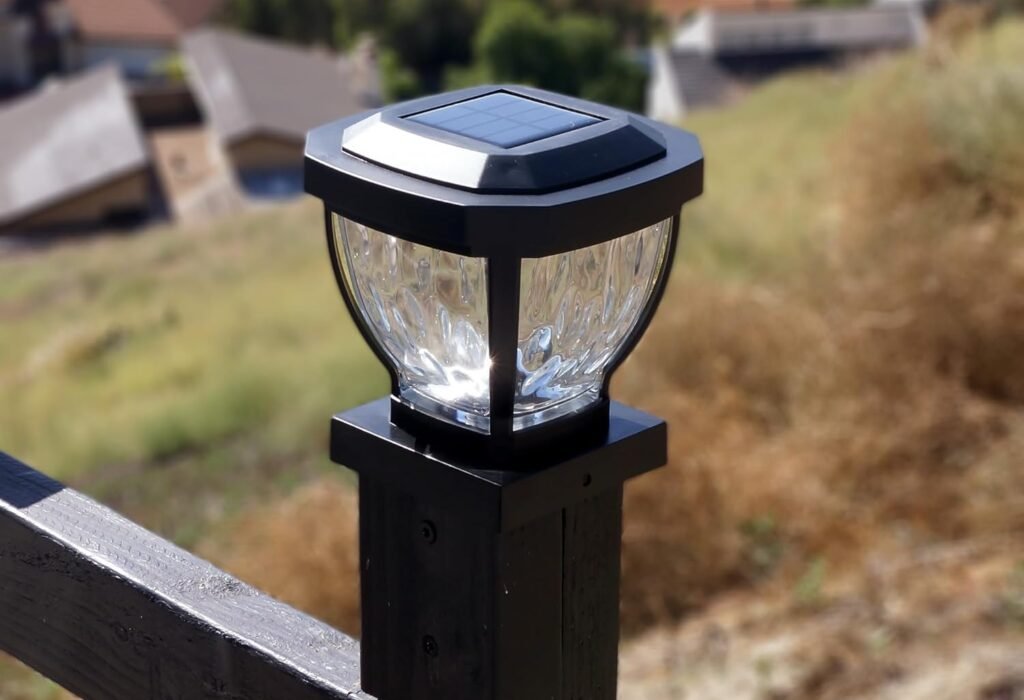
The Role of Solar Panels in Decorative Solar Lights
The solar panel is the most critical component in decorative solar lights. Without it, they won`t be called solar lights anymore—just normal lights (lol). The solar panel helps capture and store energy from the sun.
1. What Are Solar Panels Made Of?
Solar panels are typically made of silicon photovoltaic (PV) cells. These cells are designed to absorb sunlight and convert it into electricity.
- Monocrystalline Panels: Higher efficiency but more expensive.
- Polycrystalline Panels: Slightly less efficient but cost-effective.
- Amorphous Panels: Flexible and lightweight but have lower efficiency.
Small amorphous or polycrystalline panels are used for most decorative solar lights since they are compact, lightweight, and affordable.

2. How Do Solar Panels Generate Energy?
When sunlight hits the PV cells in the solar panel:
- The photons (light particles) excite electrons in the silicon material.
- This movement of electrons creates an electric current (DC power).
- The current is directed to a battery for storage, ensuring the energy can be used later when the sun is no longer shining.
The size and quality of the solar panel determine how much energy it can capture and store. Larger or more efficient panels will result in longer nighttime lighting durations.
Key Components of Decorative Solar Lights
To fully understand how decorative solar lights work, it’s important to look at the major components that work together seamlessly:
1. Solar Panel
- It captures sunlight and converts it into electricity.
- Mounted on top of the light to get maximum exposure to the sun.
2. Rechargeable Battery
- Stores the energy generated by the solar panel during the day.
- Powers the LED lights at night.
3. Light Sensor
- Detects changes in light levels (daylight vs. darkness).
- Automatically turns the lights on at night and off in the morning.
4. LED Bulbs
- LEDs (Light Emitting Diodes) are energy-efficient, durable, and long-lasting.
- Emit light using minimal power, making them ideal for solar lights.
5. Casing and Design
- Decorative solar lights come in various designs—lanterns, string lights, pathway stakes, etc.
- The casing protects the internal components from weather conditions while adding visual appeal.
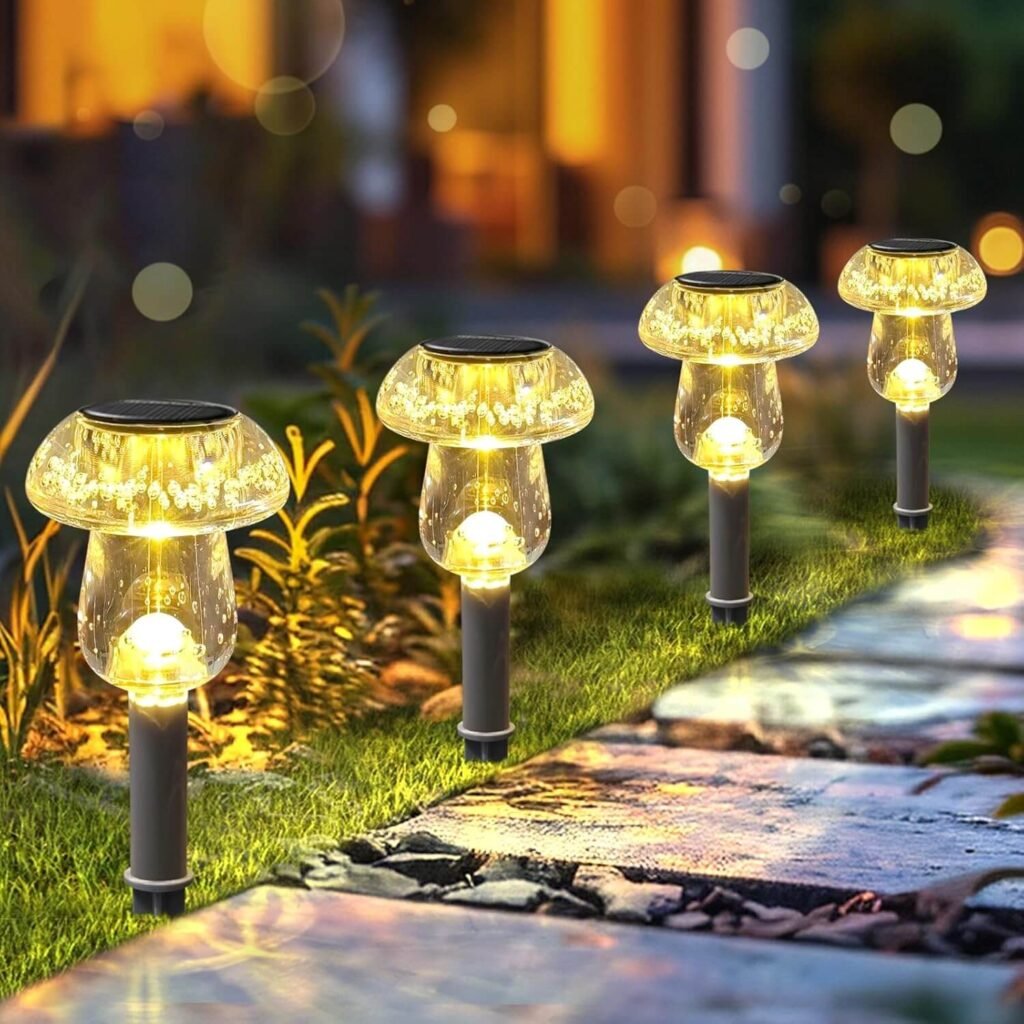
Benefits of Decorative Solar Lights
Decorative solar lights are not only beautiful but also highly functional and environment-friendly. Here are some key benefits:
1. Energy Efficiency
Solar lights rely on renewable solar energy, reducing electricity bills and carbon footprint.
2. Cost Savings
Once installed, solar lights operate without any additional costs. There’s no need for wiring, electricity, or frequent battery replacements.
To know how much you can save switching to solar lights check out our FREE solar cost savings calculator
3. Easy Installation
Decorative solar lights are wireless and easy to install. Please place them in areas that receive ample sunlight.
4. Low Maintenance
With LED bulbs and weatherproof designs, these lights require minimal upkeep. Regular cleaning of the solar panels ensures optimal performance.
5. Environmentally Friendly
Using solar energy reduces reliance on fossil fuels, making decorative solar lights a green lighting solution. at an optimum level.
How Weather Affects Decorative Solar Lights
While solar lights are designed to withstand outdoor conditions, weather plays a significant role in their performance.
1. Sunlight Availability
- Bright Sunny Days: Solar panels can fully charge the batteries, allowing lights to shine for longer hours.
- Cloudy or Rainy Days: Limited sunlight means less energy is stored, reducing the lighting duration.
2. Temperature
- Cold Weather: Extremely low temperatures can reduce battery efficiency.
- Hot Weather: High heat can degrade battery life over time.
3. Snow and Debris
Snow, dirt, or debris can block the solar panels, preventing them from charging. Regular cleaning helps maintain efficiency.
Popular Types of Decorative Solar Lights
- Solar String Lights: Perfect for patios, gardens, and events.
- Solar Lanterns: Add a vintage or rustic charm to outdoor spaces.
- Solar Pathway Lights: Illuminate walkways with a soft, inviting glow.
- Solar Spotlights: Highlight trees, plants, or architectural features.
- Solar Fairy Lights: Create a magical ambiance for special occasions.
FAQs About How Decorative Solar Lights Work
1. Do decorative solar lights work on cloudy days?
Yes, but their performance will be reduced since the solar panels receive less sunlight.
2. How long do decorative solar lights last?
When properly maintained, most decorative solar lights last 2-5 years. Batteries may need replacement after 1-2 years.
3. How do I maintain decorative solar lights?
- Clean the solar panels regularly.
- Replace batteries when they no longer hold a charge.
- Ensure the lights are placed in areas with ample sunlight.
4. Can I leave decorative solar lights outside all year?
Yes, most solar lights are weather-resistant. However, it’s better to store them indoors in extreme winter conditions to prolong their lifespan.
5. How bright are decorative solar lights?
The brightness varies based on the number of lumens. Decorative lights typically range from 10-50 lumens for a soft glow.
Conclusion
Decorative solar lights are a brilliant fusion of technology and sustainability. They are powered by small yet efficient solar panels. They capture sunlight, store energy, and deliver beautiful, eco-friendly lighting without wires or electricity.
By understanding how decorative solar lights work, you can maximize their benefits—adding ambiance, charm, and functionality to your outdoor spaces.
Whether lighting up a garden path or hosting an evening gathering, solar lights are an excellent choice for creating a cozy, energy-efficient environment.

